Are electric bikes street legal? Here’s where you can – and can’t – ride an e-bike
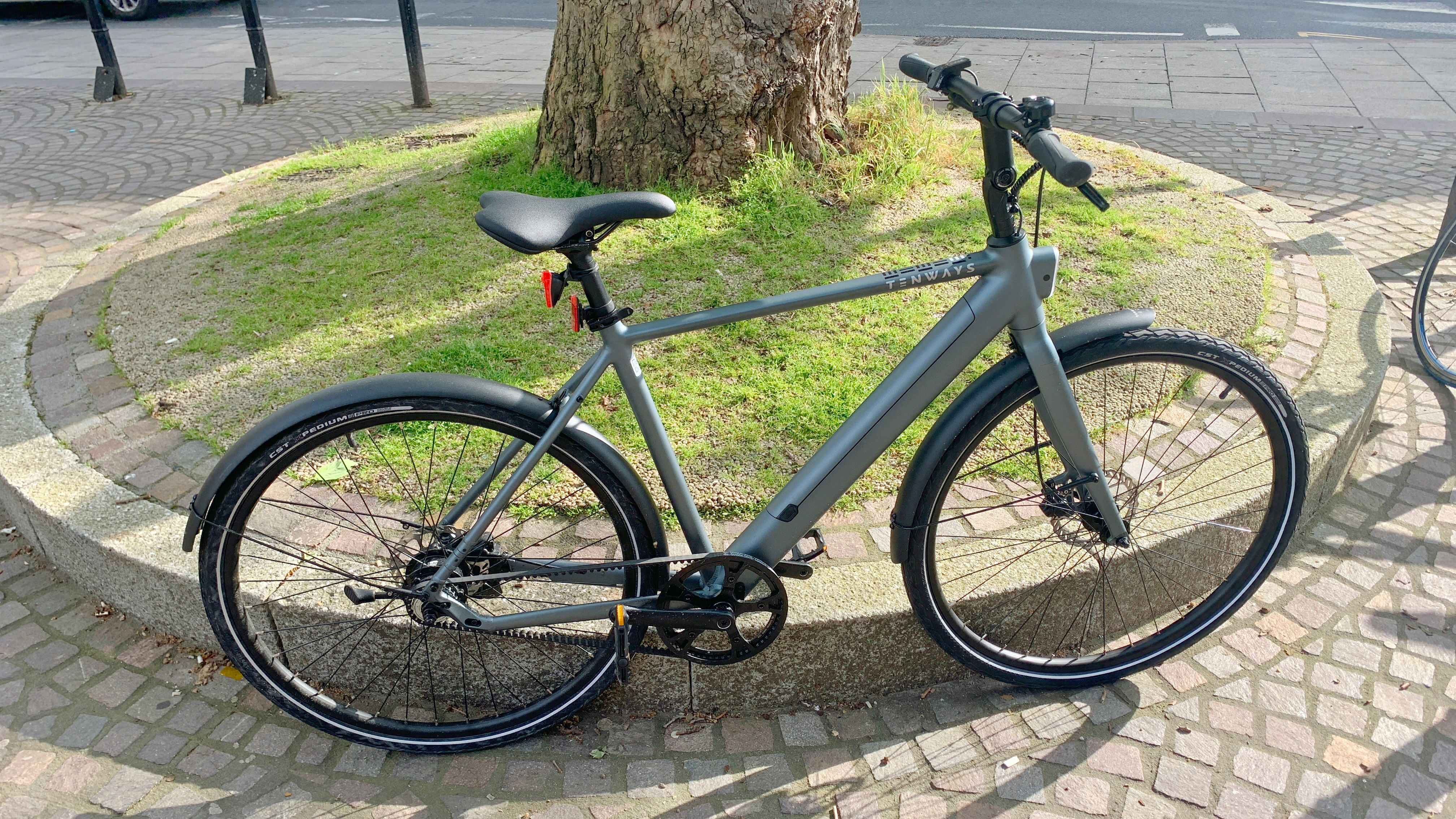
One of the most common questions searched for about e-bikes is “are electric bikes street legal?” It’s a genuine question and a very important one to answer.
No-one wants to be on the wrong side of the law, but answering this question isn’t as straightforward as it first appears. I’d love to be able to give a “yes” or “no” but the subject is too nuanced for that.
We’ll cover all the key issues and provide a clear breakdown for cyclists in the US, UK, and Australia. So if you live in any of these regions and you’re wondering whether you should invest in one of the best electric bikes, then we’d recommend reading on.
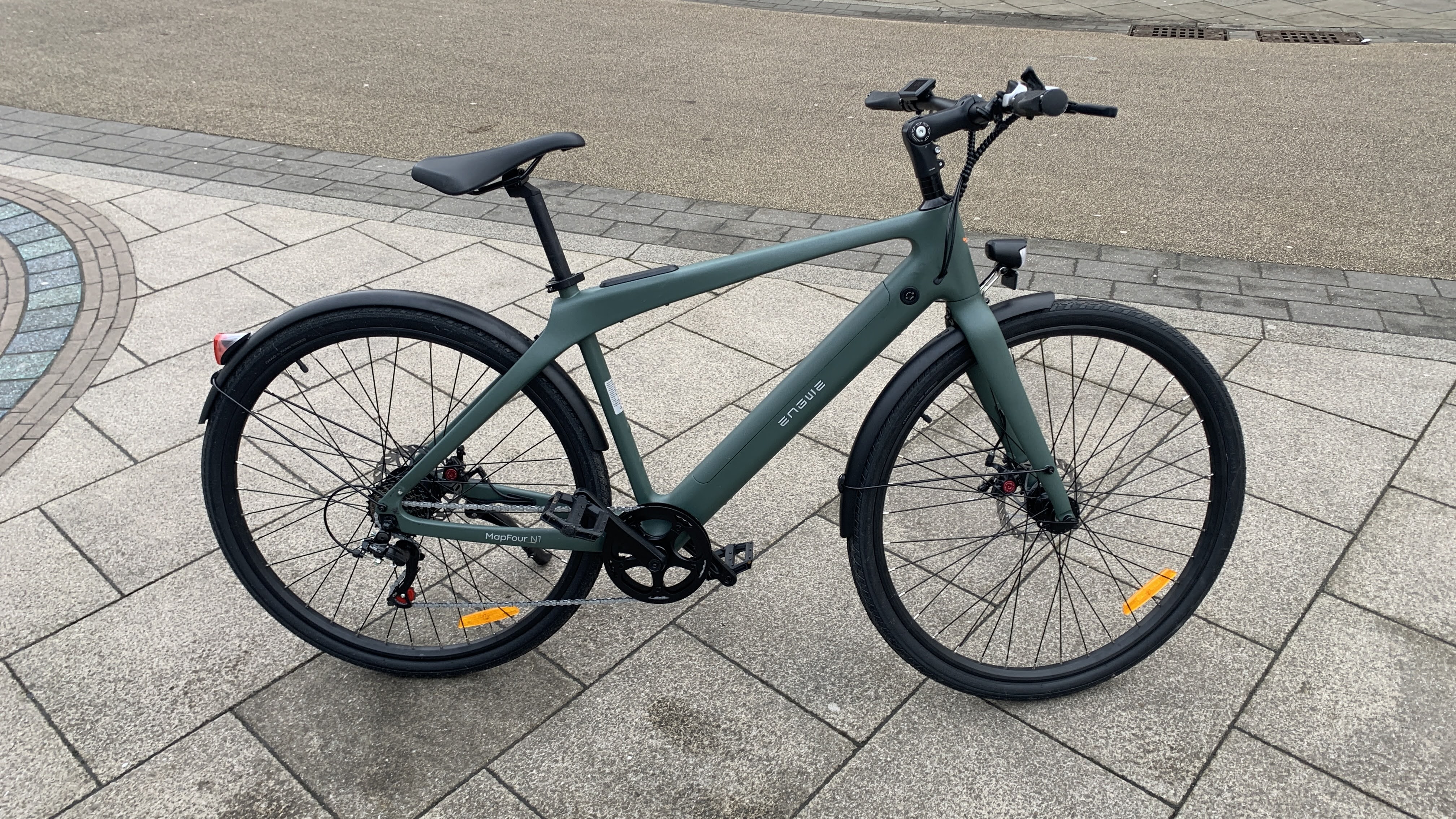
What do you need to consider?
To help with understanding the legal issues, it’s helpful to break the subject down into three key categories. That would be the e-bikes themselves, who is riding the bike, and where the bike is being used.
First of all, an e-bike is a vehicle that has pedals as well as an electric motor. Pedal-assisted e-bikes are generally the most accepted around the world, although throttle-assisted alternatives are permitted in some countries. All countries have restrictions on how powerful motors are allowed to be, as well as up to what speed motors can provide assistance.
Second, more often than not, countries will have age limits for riding e-bikes. However, tax and insurance requirements rarely apply to electric bikes.
Third, there are different rules for riding bikes on roads, cycle paths, freeways, or motorways. Each country has different laws. The US, UK, and Australia all allow e-bikes to be ridden on private land, assuming permission has been granted first.
Sign up for breaking news, reviews, opinion, top tech deals, and more.
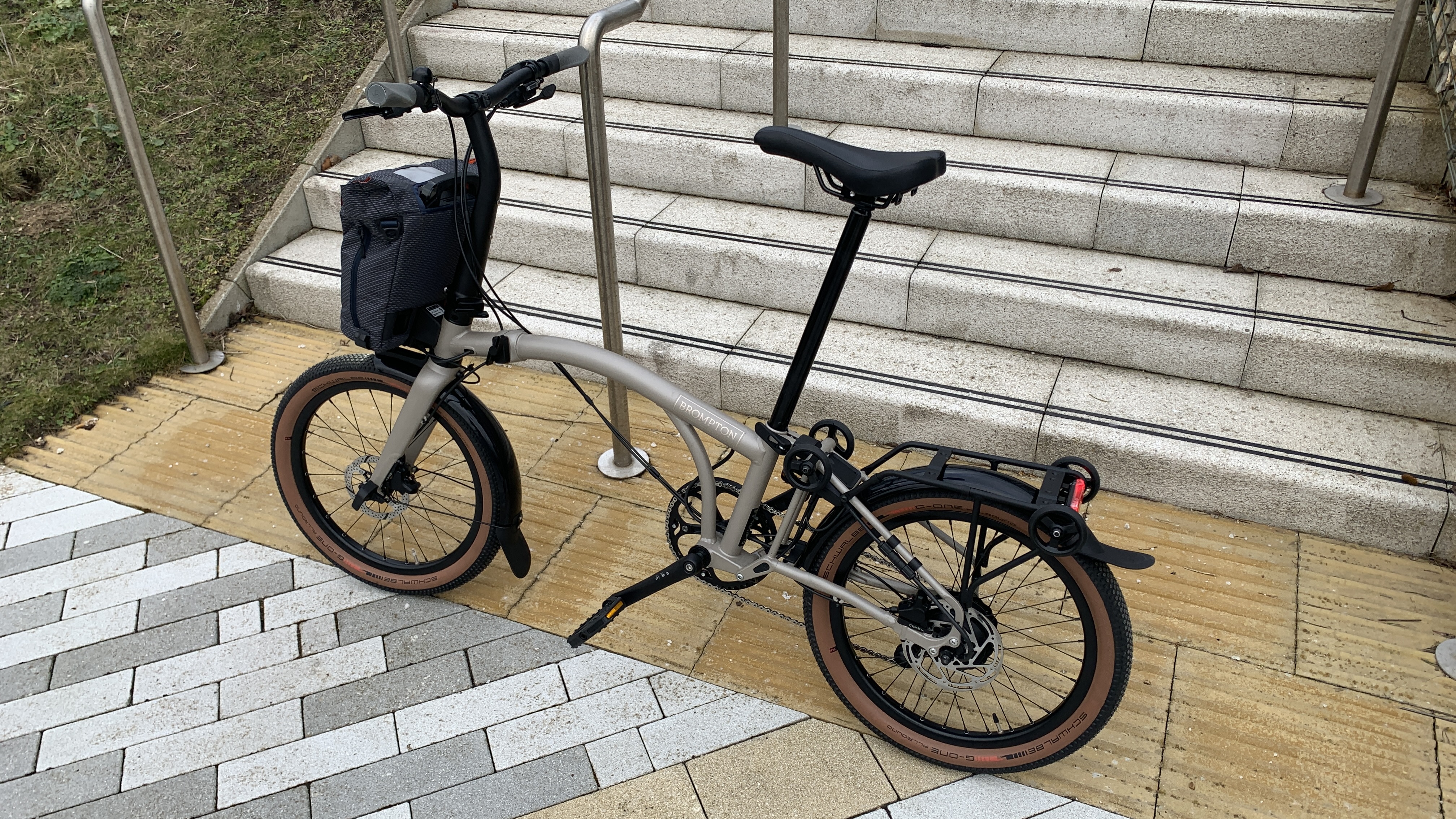
What is the law in the US?
In the US, e-bikes are split into three classes with different rules applied to each one:
- Class 1: Pedal-assist only up to 20 mph
- Class 2: Throttle-assisted up to 20 mph
- Class 3: Pedal-assist up to 28 mph
E-bikes are defined and treated in US law as standard bikes, as long as they have fully operable pedals and a motor not exceeding 750 watts (1 horsepower). It’s worth stating explicitly that throttle-assisted e-bikes must be limited to 20mph.
Different states will have specific regulations on helmet requirements, age restrictions, and limitations on where e-bikes can be ridden. It’s always worth checking your specific state laws because of this.
There are also some restrictions on specific trails, national parks, and forests, but again, researching those specific locations will give you the information you need.
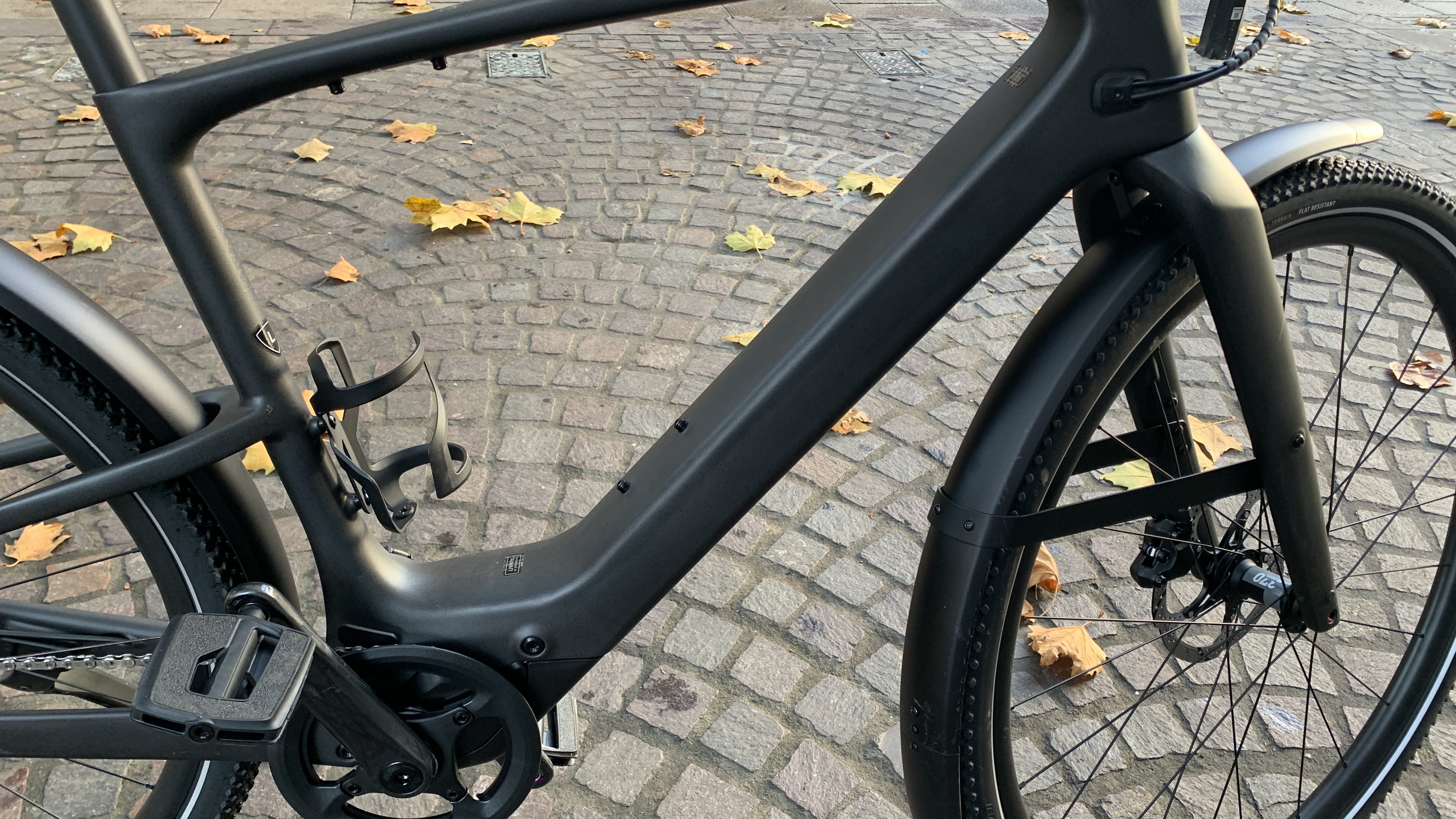
What is the law in the UK?
In the UK, e-bikes are legally considered standard bicycles if they meet the requirements of being Electrically Assisted Pedal Cycles (EAPCs).
The requirements begin with the continuous power input, which must not exceed 250 watts. This is not to be confused with peak power, which might be higher than 250 watts but only helps assist a rider for short periods of time when they’re really struggling to get up to speed. Given that a lot of countries allow 750-watt motors, customers must be very careful when importing e-bikes from other locations around the world.
UK law also dictates that motor-powered assistance on EAPCs must cut out at speeds above 15.5mph / 25km/h. You’re allowed to travel at faster speeds, but only as a result of pedal power.
This leads us to consider the law around throttles. These aren’t allowed on UK e-bikes because they cease to be a pedal-assisted vehicle. Therefore, if you see a rider traveling faster than 15.5mph / 25km/h without pedaling, there’s a strong chance that they’ll be riding an illegal e-bike.
Moving on from the e-bike itself, riders of electric bikes must be at least 14 years of age. No license is required, and the e-bike doesn’t need to be registered, taxed, or insured. More powerful, unrestricted electric bikes can be used on private land, assuming you have the landowner’s permission.
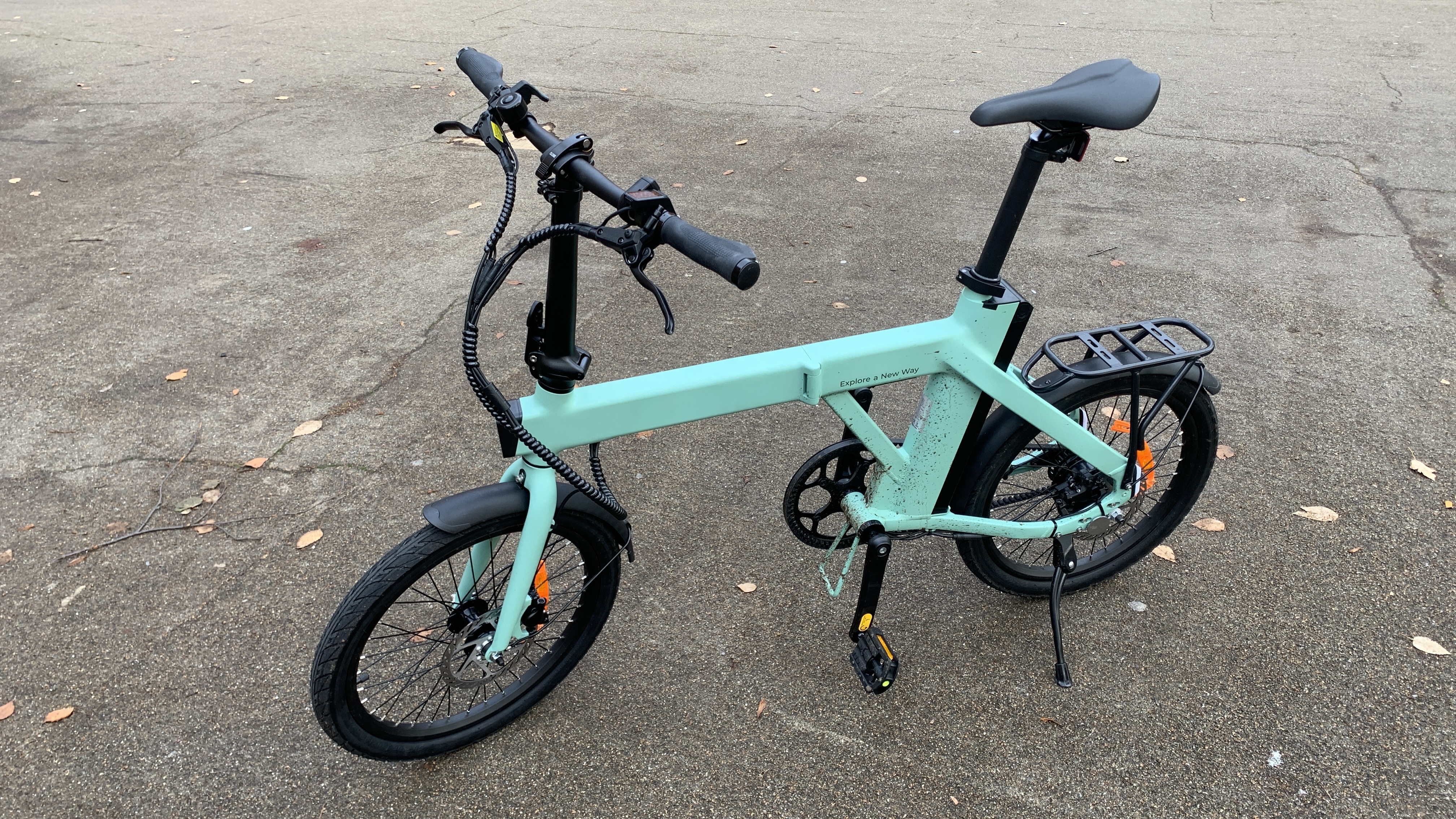
What is the law in Australia?
In Australia, e-bikes are subject to the same road rules as regular bikes, but they must meet specific criteria around power output, maximum speed, and throttle assistance.
E-bikes must have a maximum power output of 250 watts, or 200 watts if they are throttle-assisted. Additionally, the motor is only allowed to assist the rider up to 15.5mph / 25kmh. Throttle assistance is permitted but can only assist up to 6kmh.
Some additional rules apply, including the requirement for a white light at the front and a red light at the rear. Both must be visible at 200 meters at night. A bell or other audible warning device is also required. Electric bike riders don’t need a driver's license, vehicle registration, or compulsory third-party insurance.
E-bikes are generally prohibited on freeways and highways, although it’s worth checking each state’s laws first. Riding more powerful e-bikes on private property is permitted, assuming the land owner’s permission is given first.
Riders must be at least 16 years old to ride throttle-controlled e-bikes, although there are generally no age restrictions for pedal-assisted e-bikes.
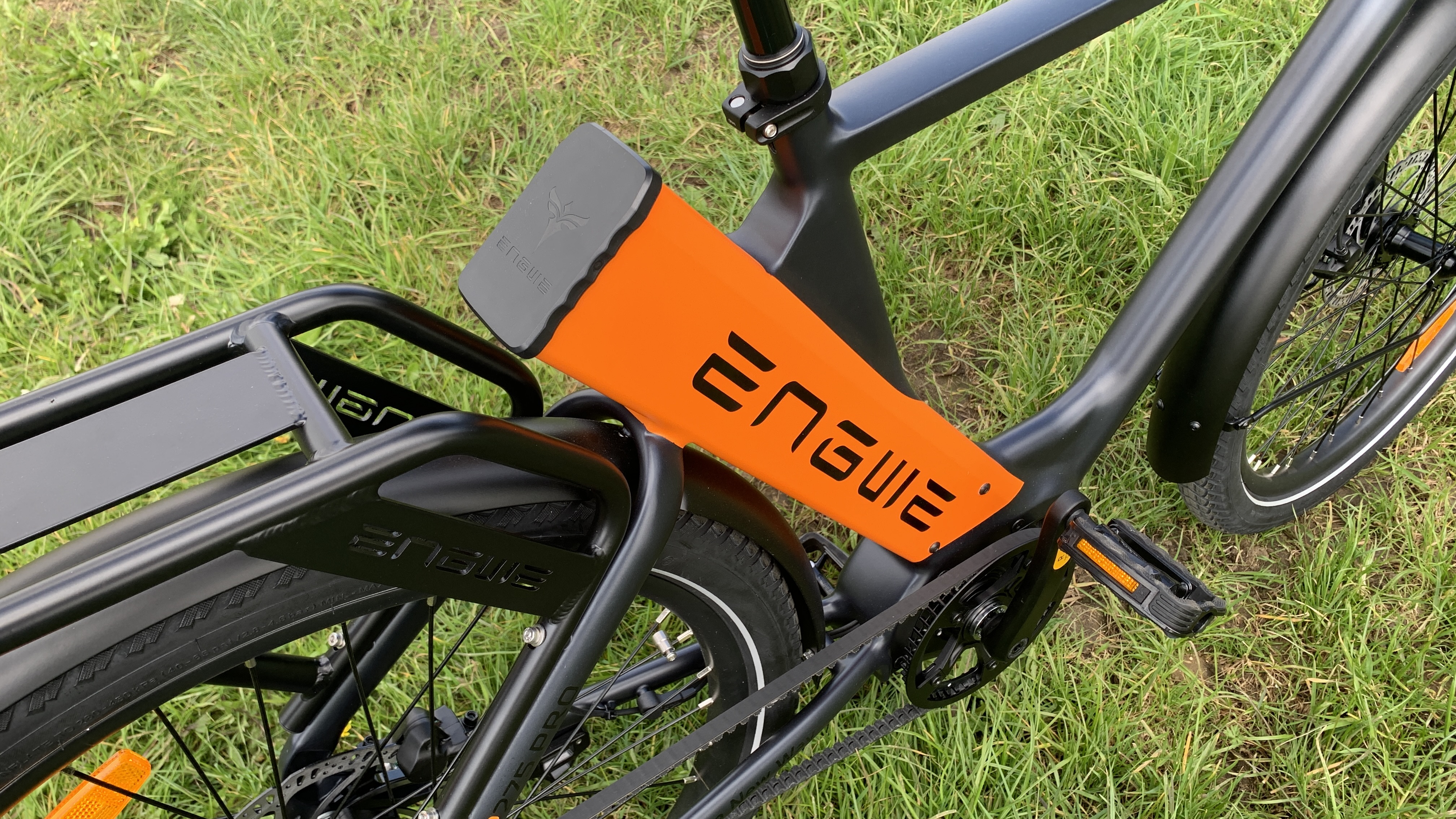
Do e-bike conversion kits have the same laws?
This is a fairly straightforward one to answer. In the US, UK, and Australia, bikes that have been converted into e-bikes have to adhere to the same laws. That means they must have limited power output, be speed restricted, and riders must adhere to all the laws that apply to those using standard bikes.
For more information, you can read our guide to whether you should buy an e-bike conversion kit.
Are e-bike laws likely to change?
There are no current plans to change e-bike laws in the US, UK, or Australia.
The UK has recently considered doubling the motor power to 500 watts and allowing full-throttle assistance, but the government has decided not to proceed with these changes. For now, the maximum motor output is limited to 250 watts, and throttles are still banned.
You might also like...

Paul is a digital expert. In the 20 years since he graduated with a first-class honours degree in Computer Science, Paul has been actively involved in a variety of different tech and creative industries that make him the go-to guy for reviews, opinion pieces, and featured articles. With a particular love of all things visual, including photography, videography, and 3D visualisation Paul is never far from a camera or other piece of tech that gets his creative juices going. You'll also find his writing in other places, including Creative Bloq, Digital Camera World, and 3D World Magazine.
You must confirm your public display name before commenting
Please logout and then login again, you will then be prompted to enter your display name.